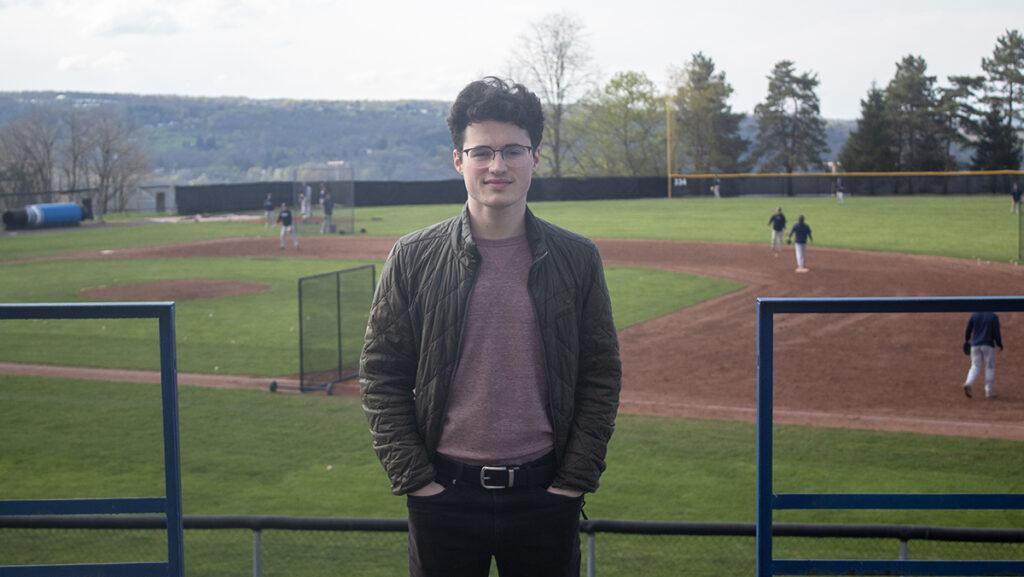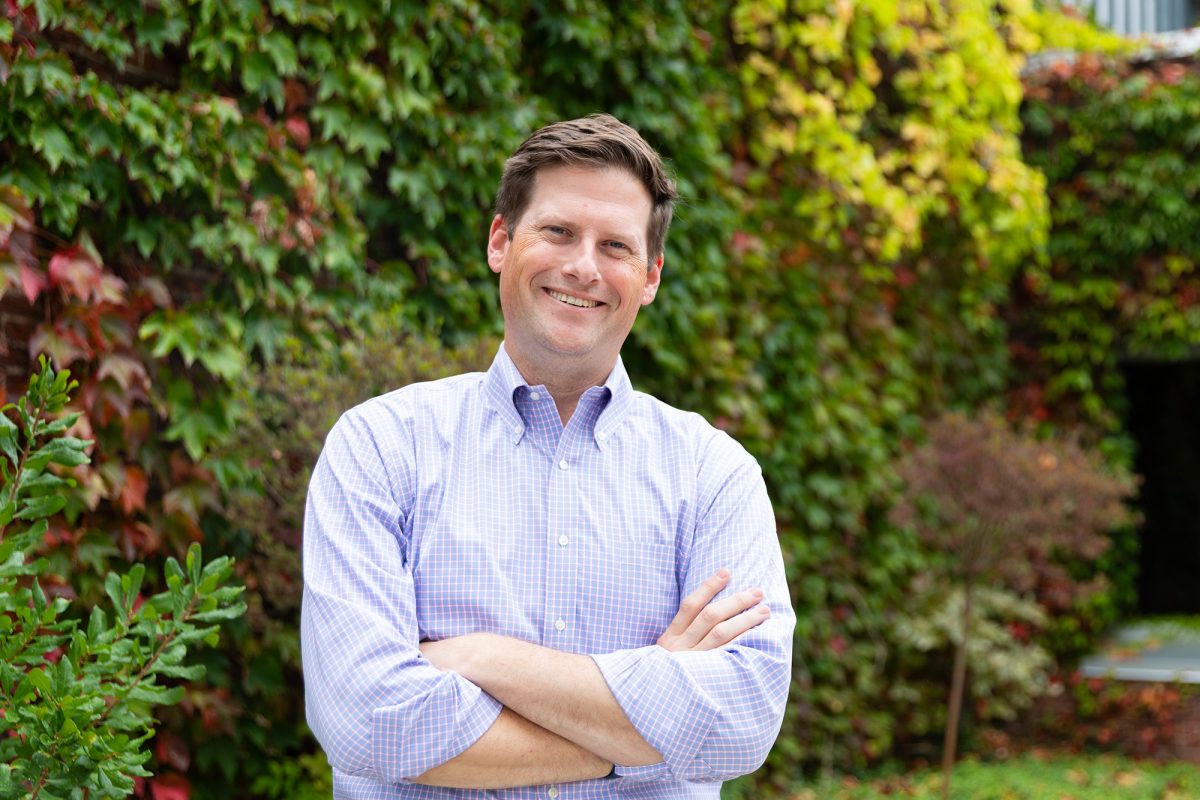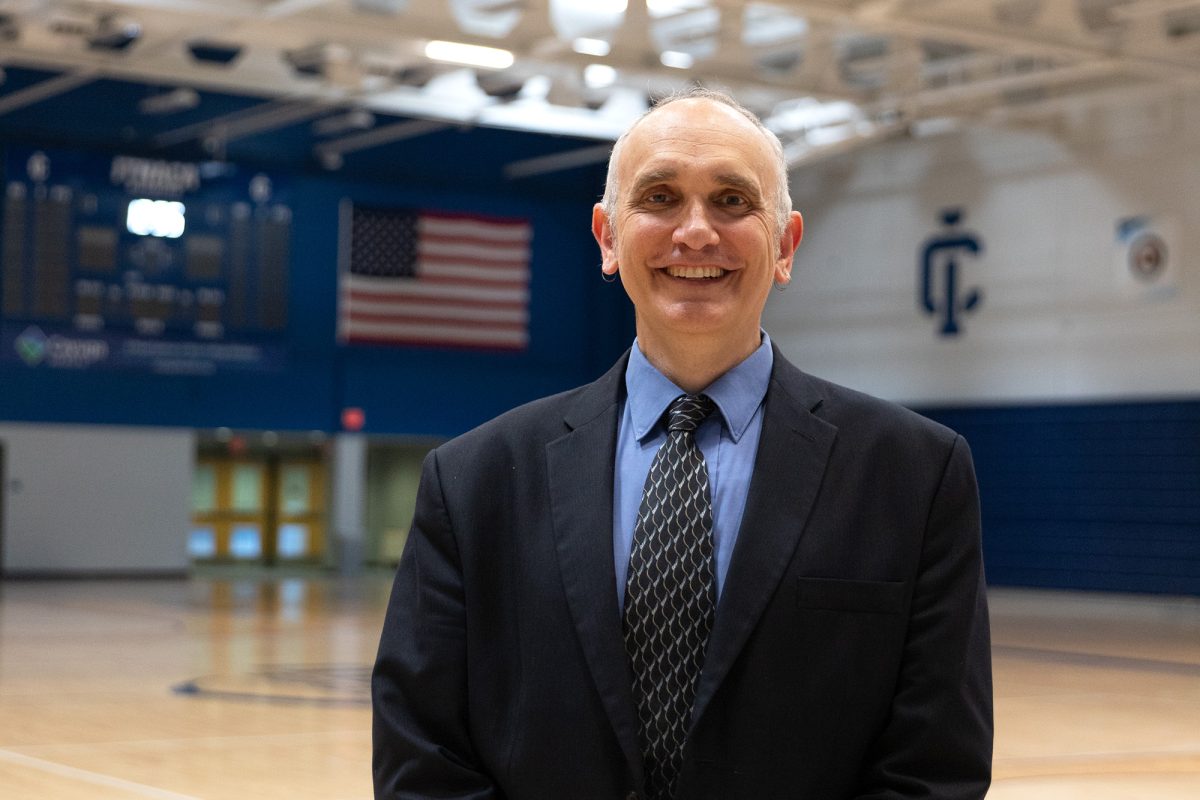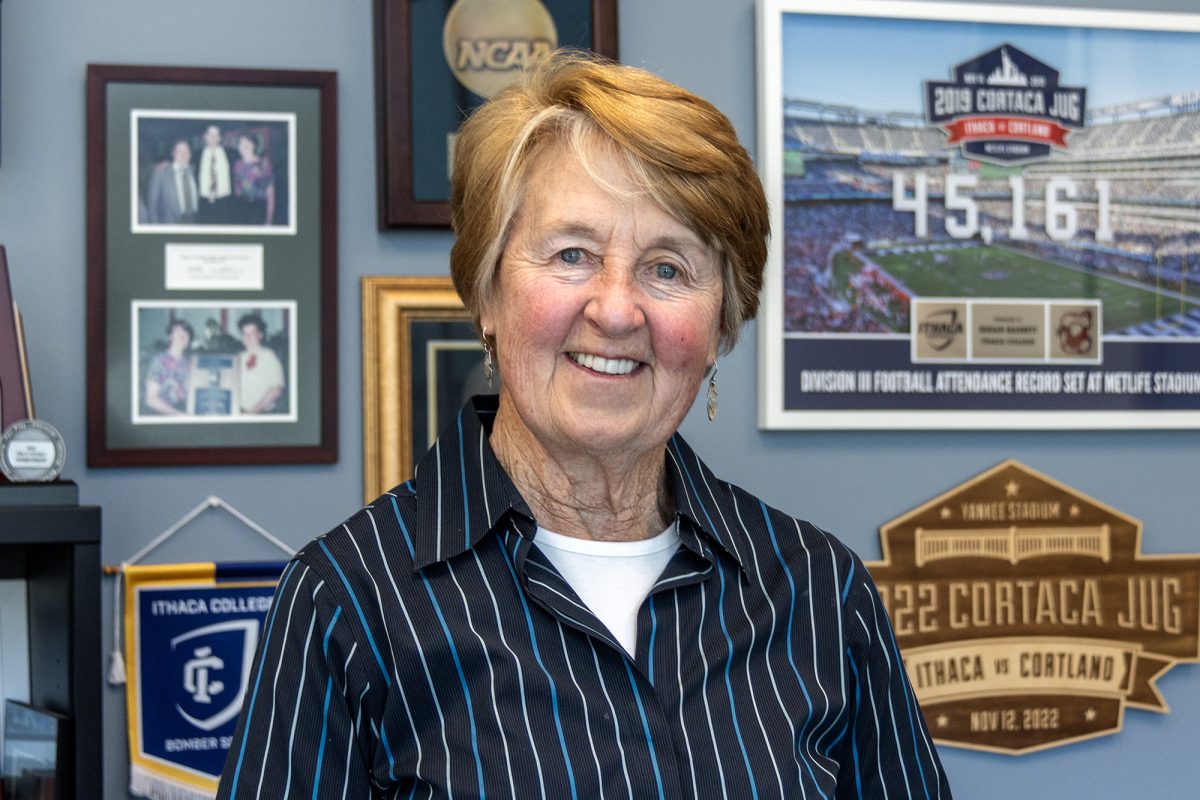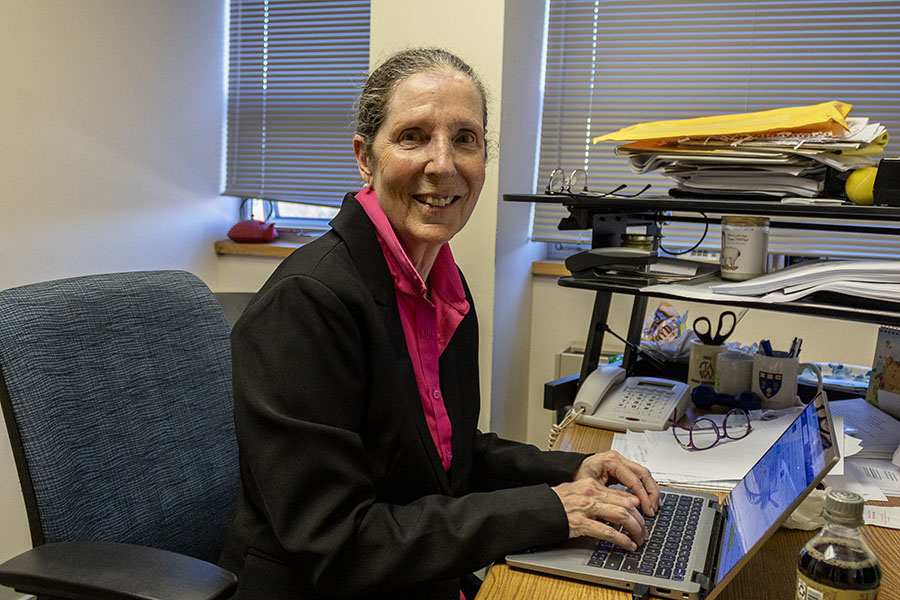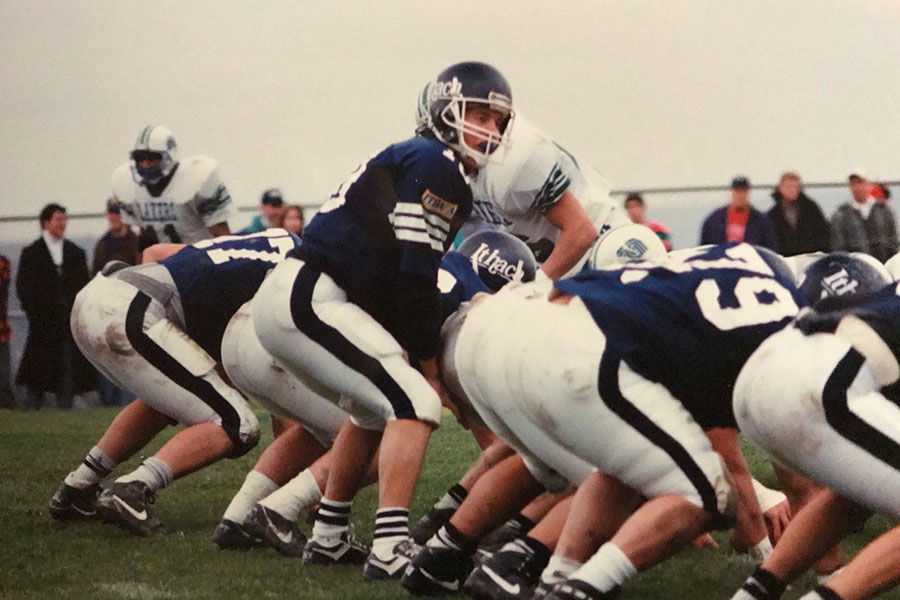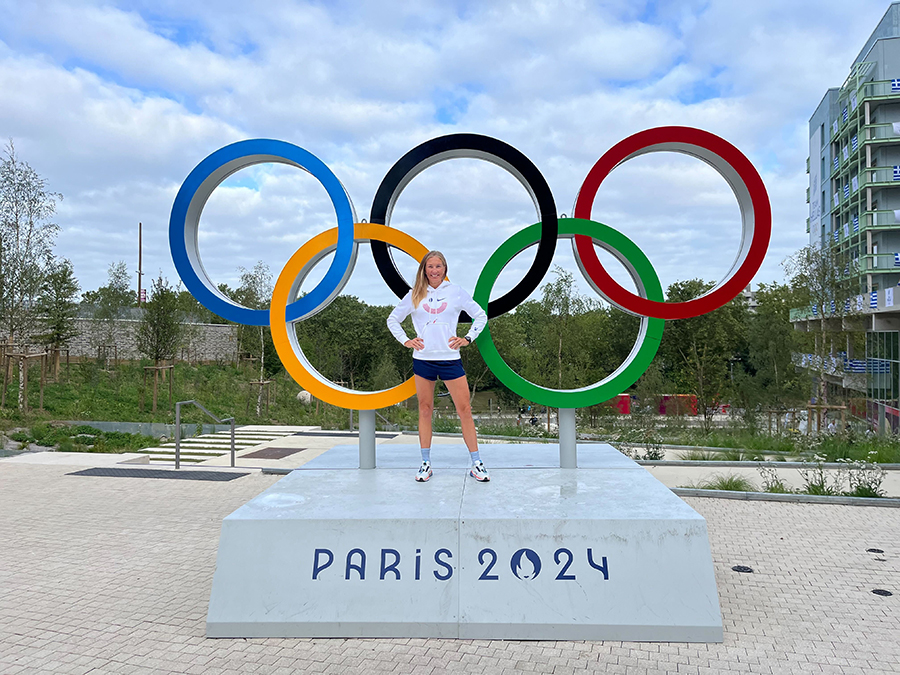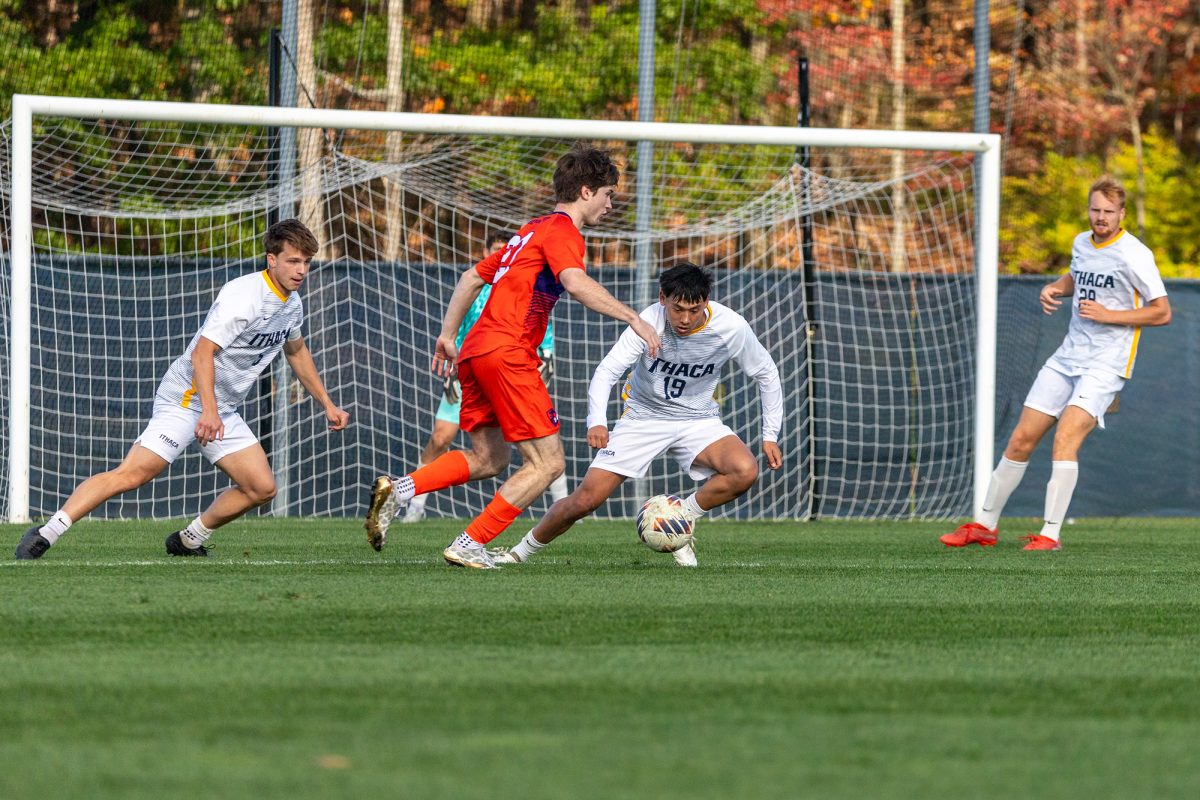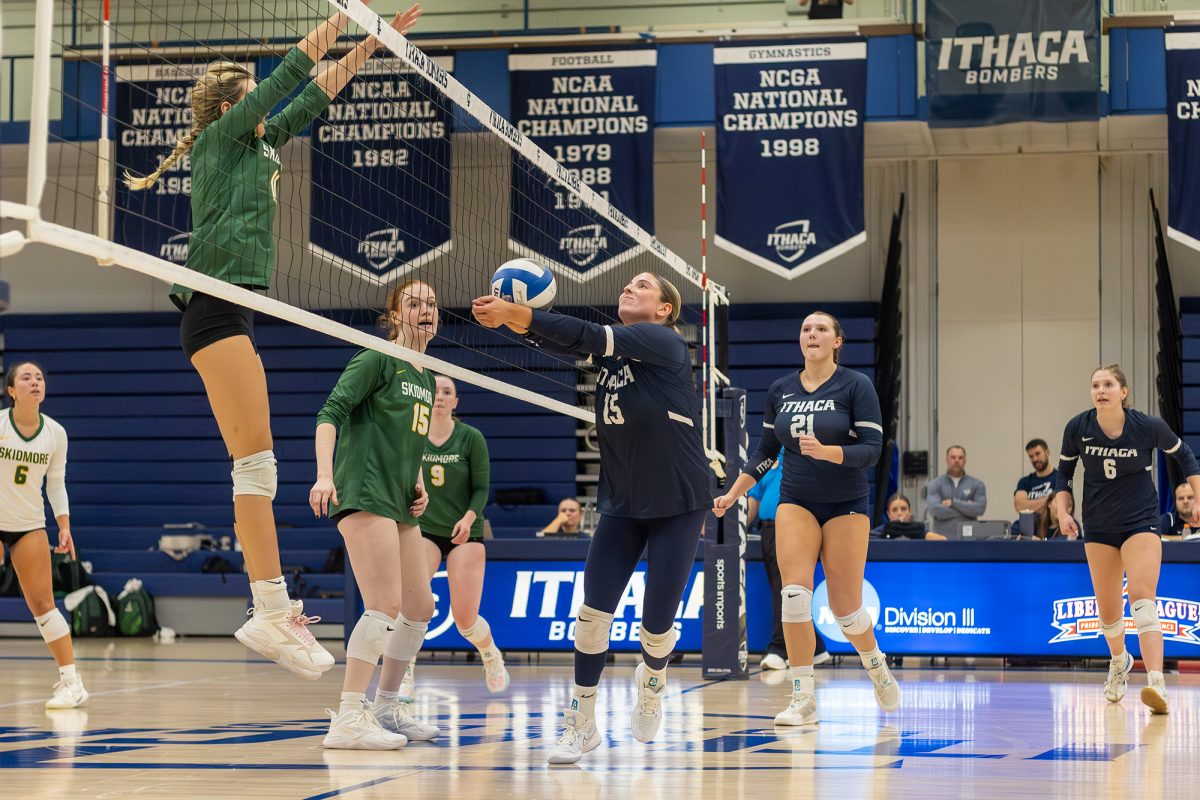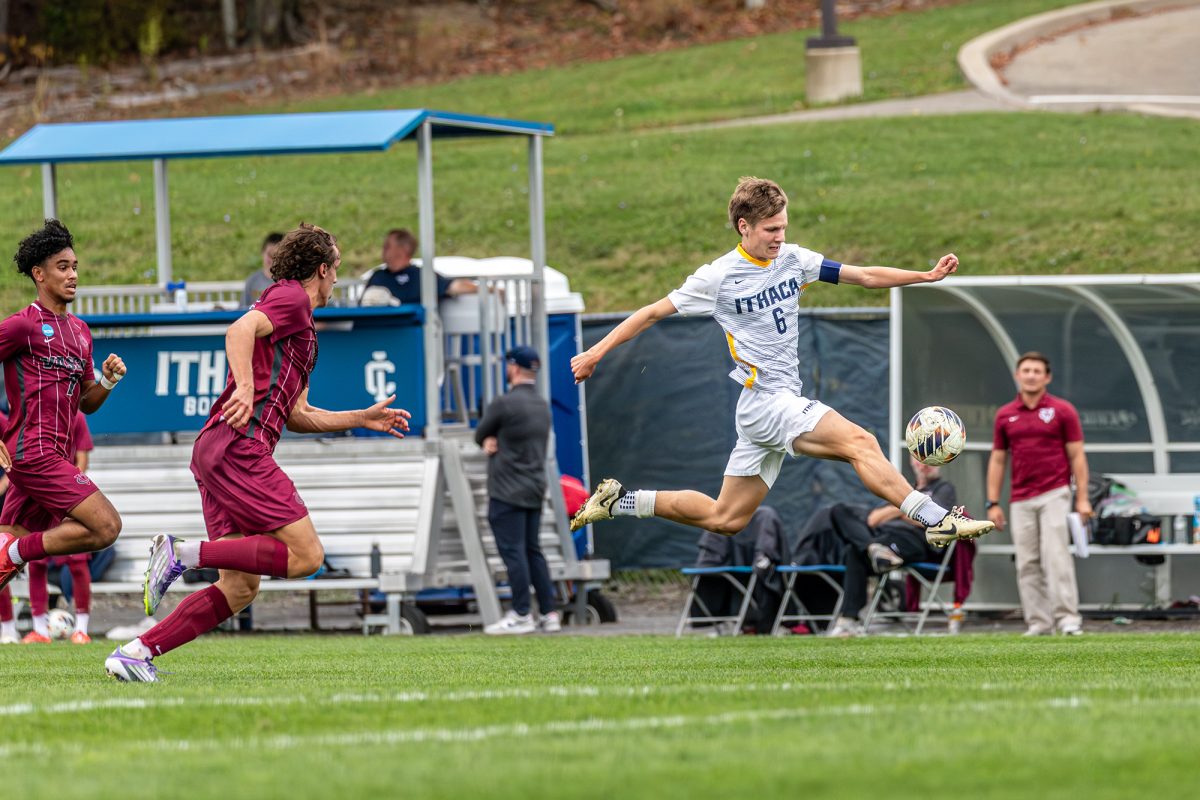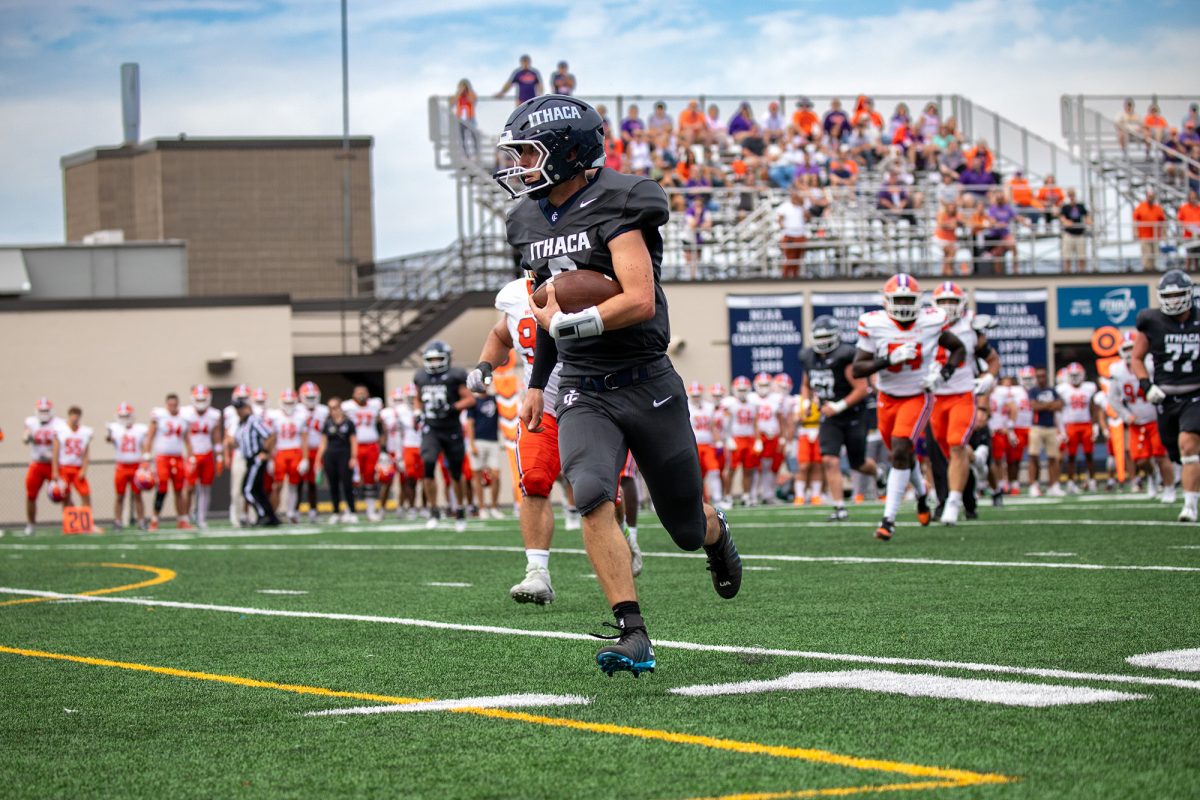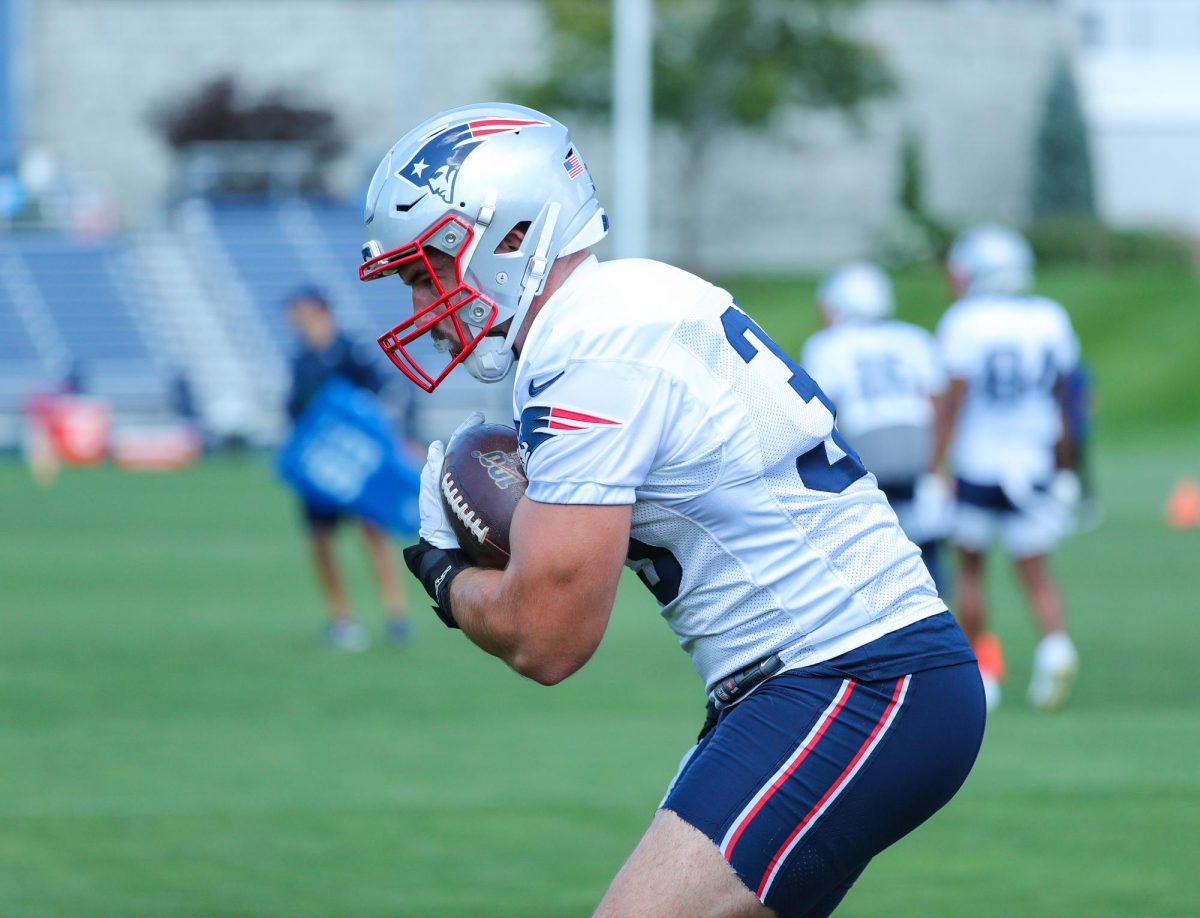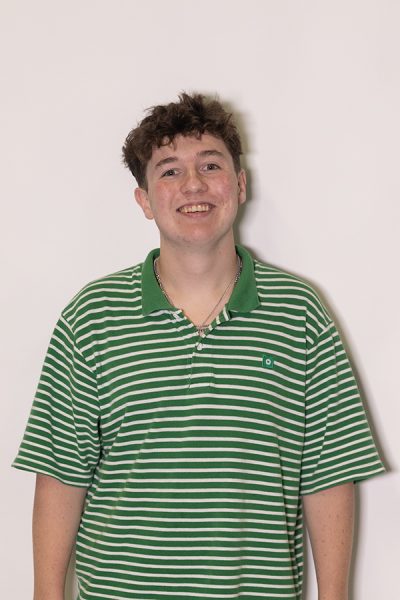As the academic year is coming to an end, senior sports media major Kyle DeSantis is continuing to work on his senior project — a six-part article series that showcases the lives of minor league sports broadcasters.
So far, DeSantis has written two articles, the first of which goes in depth about the role of women in sports broadcasting. The article discusses how sports broadcasting is a male-dominated industry while also highlighting the issues that some of these women face. The other article examines spring training and the past experiences of minor league baseball broadcasters. In the article, DeSantis goes into detail about the different roles that are presented to minor league broadcasters during spring training and looks at their lives at work.
During this semester-long process, DeSantis has been interviewing different experts and conducting research on the different subjects that take place in the minor league broadcasting industry. All of DeSantis’ information, as well as his articles, are available for view on his WordPress website.
Staff writer Flynn Hynes spoke with DeSantis about his process and what led him to pursue research in minor league baseball.
This interview has been edited for length and clarity.
Flynn Hynes: What initially inspired you to choose minor league broadcasting as the focus for your senior project?
Kyle DeSantis: I grew up going to minor league games with the Hudson Valley Renegades. They’re with the Yankees now, but back then they were with the Tampa Bay Rays. …That was kind of my first real taste of seeing professional baseball. And then over the years, broadcasting became something that I want to strive for.
FH: How did you conduct research for the articles and what were some of the biggest challenges that you faced during this process?
KD: I think more on the research side, it was finding people I want to talk to, from just being around the industry and doing games up here. It’s kind of understanding the questions to ask, and then it goes to ‘Alright, who do I want to talk to for this article?’ and finding their contact information and reaching out to them. I did get a very good response rate, but there were times where you reach out to someone [and] you don’t hear back and you kind of have to pivot.
FH: You mentioned including a section on women in minor league baseball broadcasting. Can you speak to the progress that has been made in terms of gender equity in this field, and any barriers that still need to be addressed?
KD: It can come down to where people have to be a little more open when it comes to that. One of the women I interviewed said there was one time she walked into a job interview and the broadcaster was there and they said, ‘Hey, ownership found out that I was interviewing a woman for this position and they just didn’t want a woman in the booth.’ That stood out to me a lot. I did mention that in the article, but I think it comes down to people being more open. … Again, there are women who do want to do this as a career, and it’s ultimately finding that convergence between [women who want the career and broadcasters that are open to hiring women].
FH: To bounce off that question, could you talk about any interesting stories that you came across while interviewing some of these minor league broadcasters?
KD: I think for me going into this project, I wanted it to be as wide of a range of people I talked to. … So it was about a six-week process of emails and then Zoom phone calls. … I have one broadcaster that I interviewed — he’s with the Double-A White Sox team, the Birmingham Barons — he’s been with the team since the early 90s. So, he was the broadcaster, just to put into perspective, when Michael Jordan was with the team. He was able to cover that. And he’s in his 60s, and I was talking to him more about working in the offseason and he said that he’s a grandfather. So, in terms of getting that wide range from the age standpoint, but also from the leagues as well.
FH: How do you see the role of minor league baseball broadcasters evolving as the industry changes with technology trends?
KD: [Minor league baseball] is not necessarily a training ground for a lot of the new technologies, but you’ve seen the pitch clock get implemented, you’ve seen other areas and now the electronic strike zone has been getting some chances in Triple-A.


